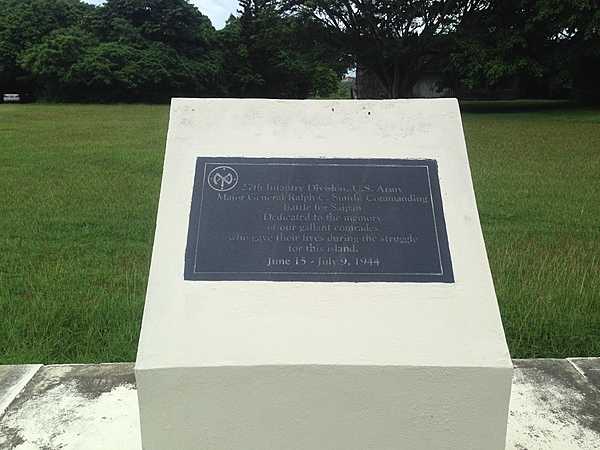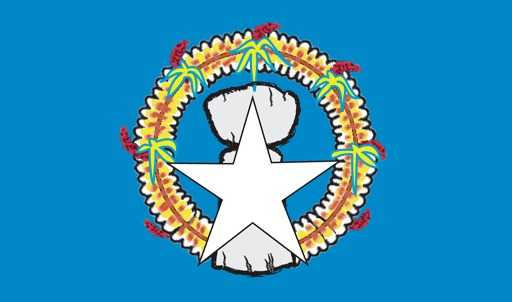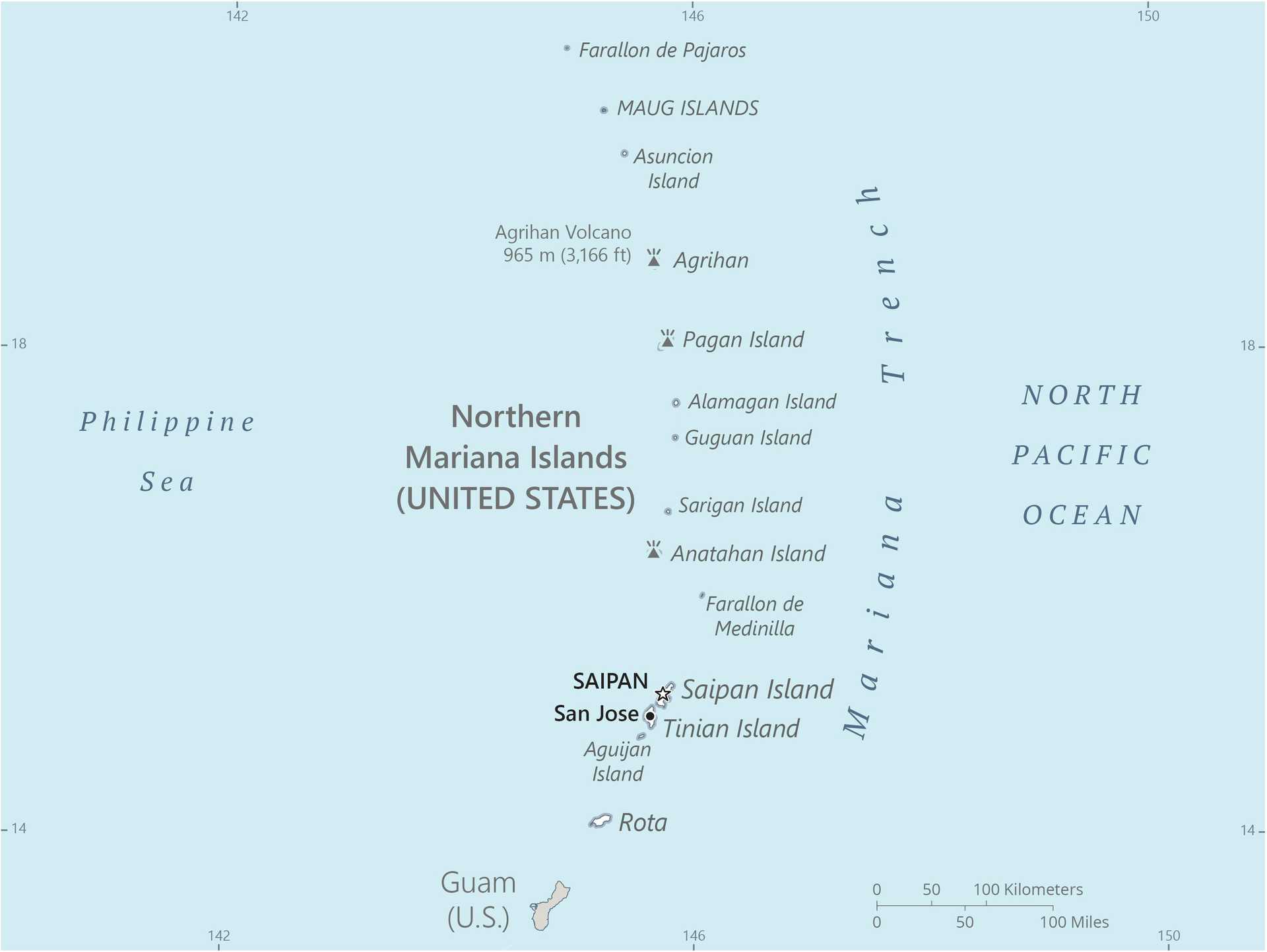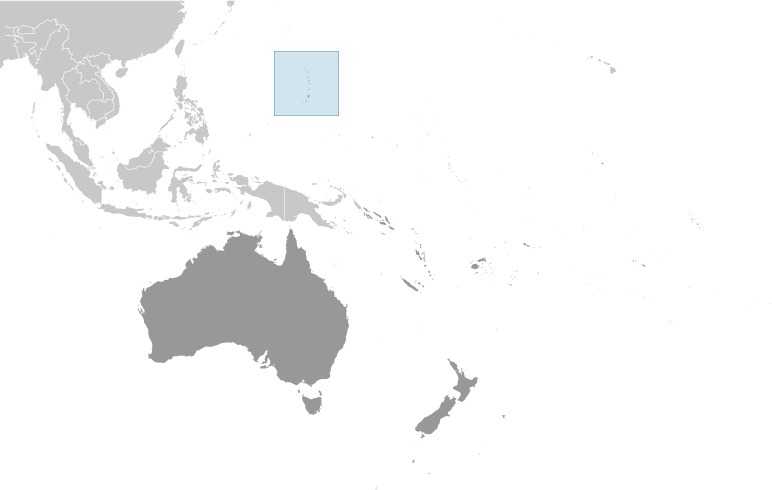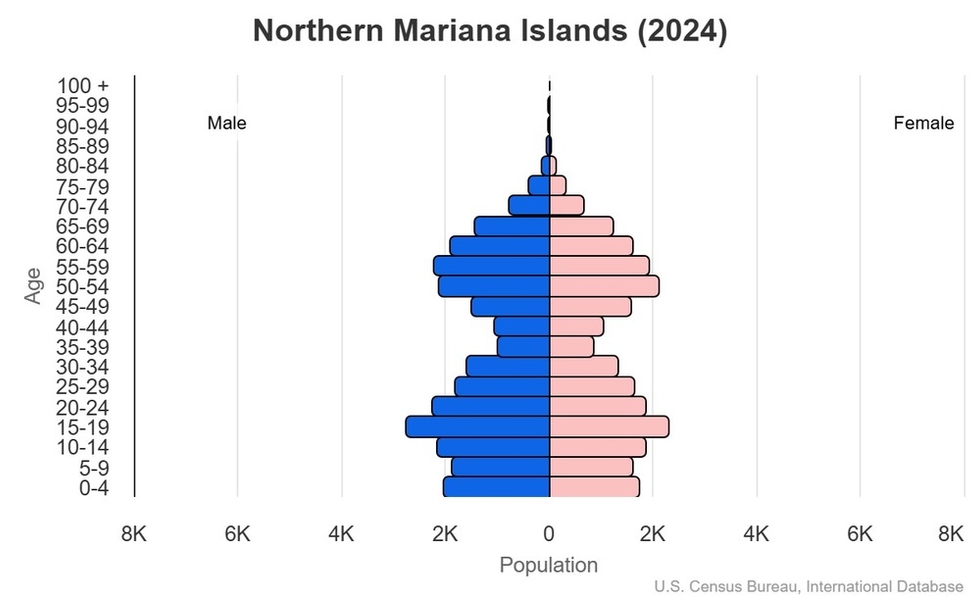Introduction
Tip
Visit the Definitions and Notes page to view a description of each topic.
Geography
People and Society
Population
comparison rankings: total 209; male 209; female 209
Median age
comparison ranking: total 116
Population growth rate
comparison ranking: 214
Birth rate
comparison ranking: 104
Death rate
comparison ranking: 172
Net migration rate
comparison ranking: 226
Infant mortality rate
comparison ranking: total 110
Life expectancy at birth
comparison ranking: total population 98
Total fertility rate
comparison ranking: 67
Government
Economy
Real GDP (purchasing power parity)
comparison ranking: 205
Real GDP growth rate
comparison ranking: 2
Energy
Communications
Telephones - fixed lines
comparison ranking: total subscriptions 172
Telephones - mobile cellular
comparison ranking: total subscriptions 216
